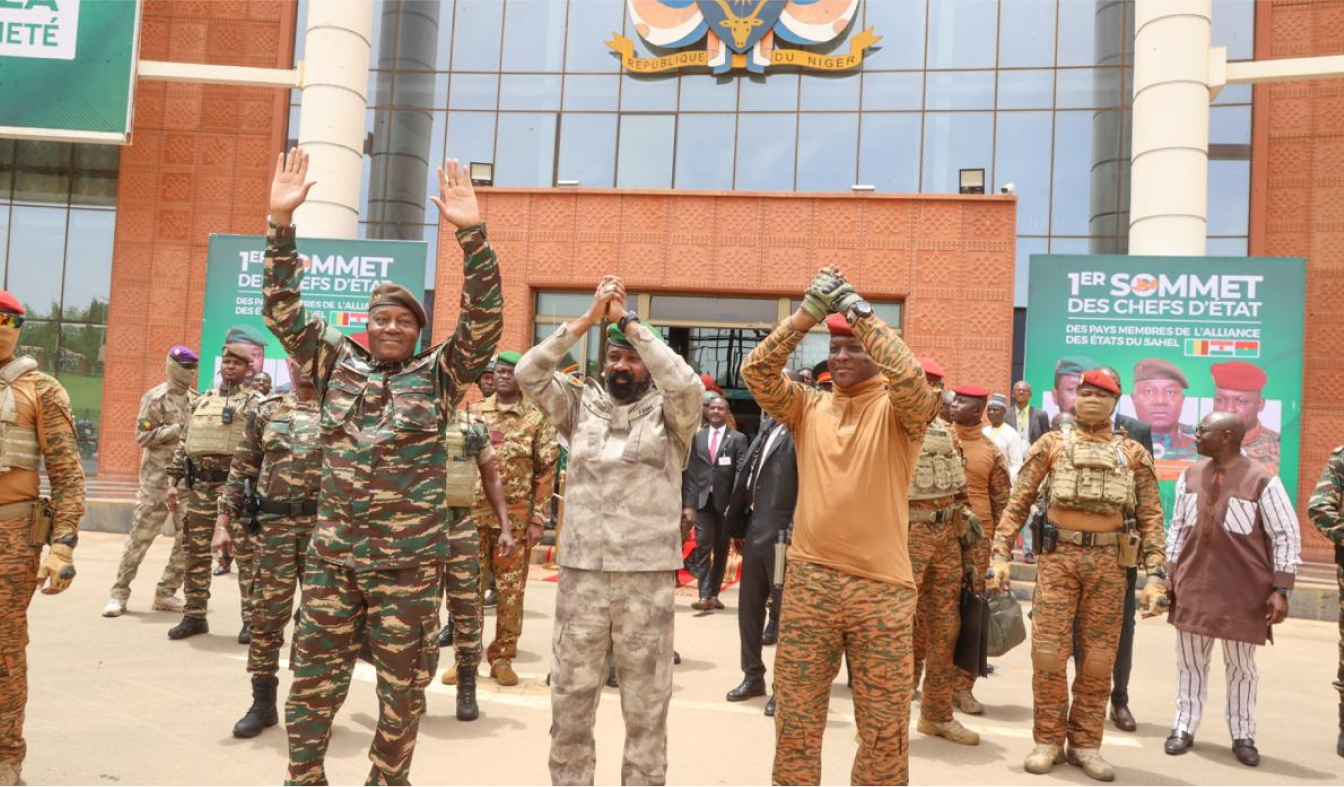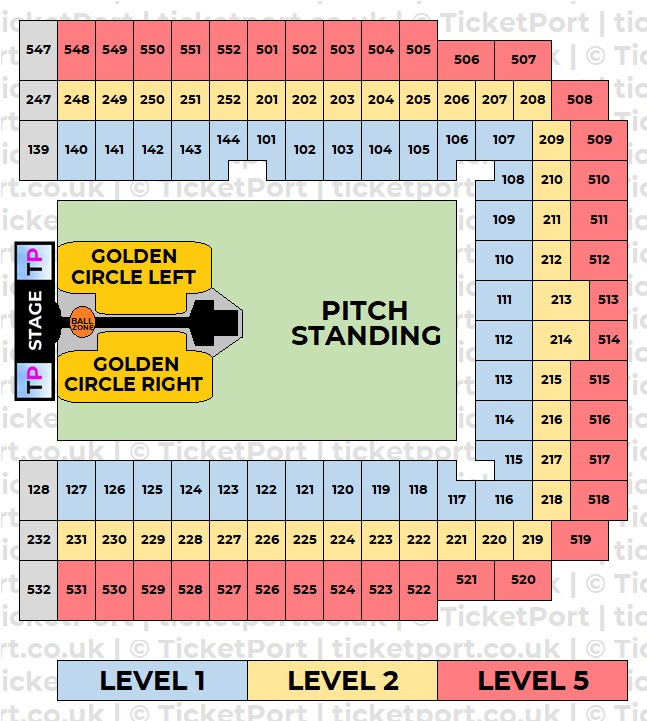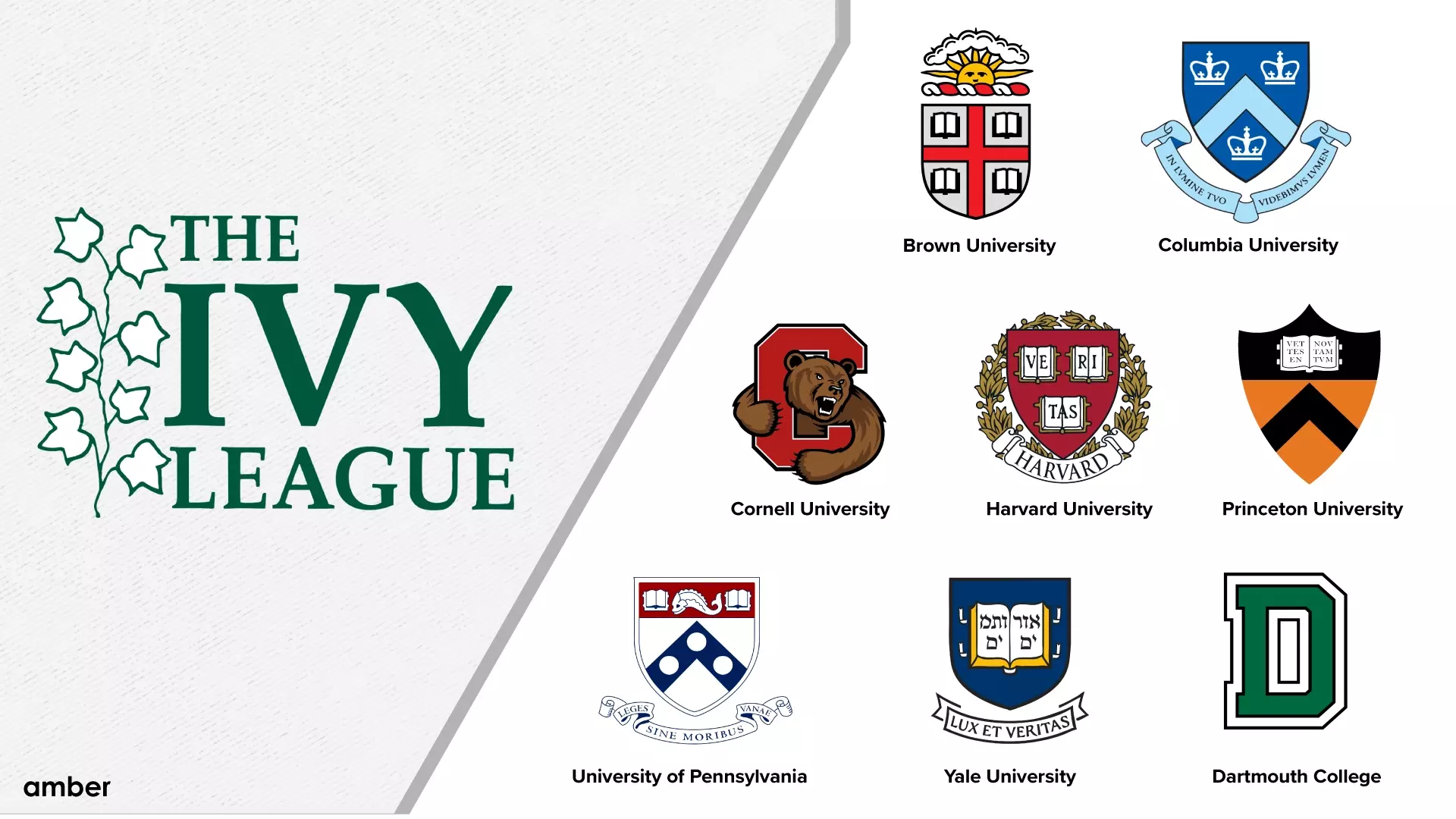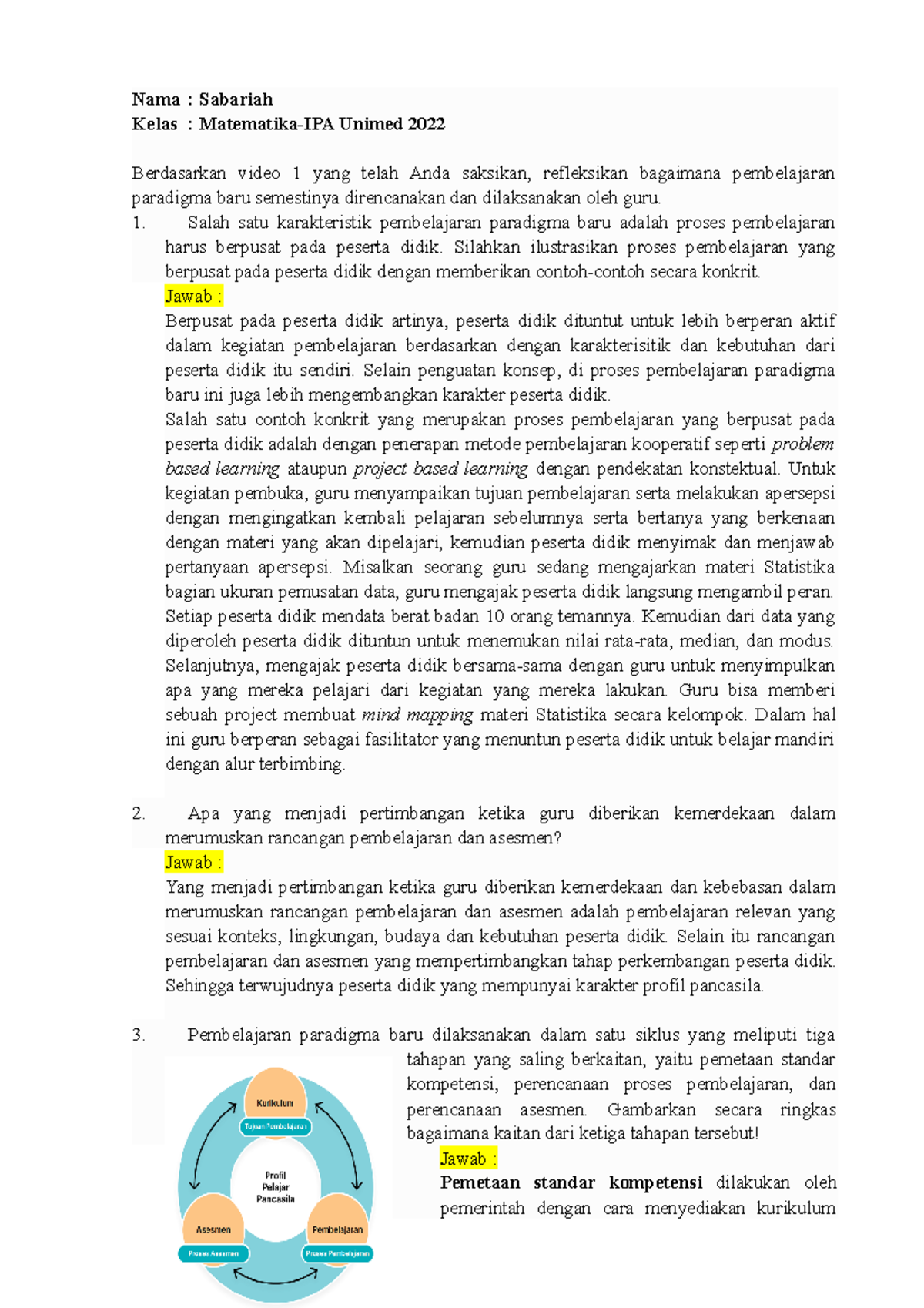Examining The Russian Military: Europe's Security Concerns

Table of Contents
The Modernization of the Russian Military
The modernization of the Russian military is a multifaceted process with significant implications for Europe. This involves substantial investment in new weapons systems and a concerted effort to improve its overall combat effectiveness. However, this modernization drive also faces significant challenges.
Investment in New Weapons Systems
Russia has invested heavily in developing and deploying advanced weapons systems, significantly impacting its military capabilities and posing a challenge to NATO. This military modernization program focuses on several key areas:
- Hypersonic Missiles: Russia boasts a range of hypersonic missiles, such as the Avangard and Kinzhal, capable of exceeding Mach 5, making them incredibly difficult to intercept. This technological advancement poses a significant threat to existing missile defense systems.
- Advanced Air Defense Systems: Systems like the S-400 and S-500 are designed to counter advanced aerial threats, including stealth aircraft and cruise missiles. Their deployment strengthens Russia's air defenses and limits the effectiveness of potential adversaries.
- Modernized Tanks: The T-14 Armata main battle tank represents a significant leap forward in Russian tank technology, incorporating advanced armor, firepower, and crew protection systems. This improves the Russian ground forces' overall capabilities.
These advancements represent a considerable increase in Russian military technology and defense spending, impacting the balance of power in Europe. Russia's military budget, though fluctuating, consistently ranks among the highest globally, indicating a sustained commitment to military modernization. The precise figures are often debated, but the overall investment is substantial and directly fuels the development and deployment of these advanced weapon systems.
Challenges in Modernization
Despite significant investment, the Russian military's modernization faces considerable challenges:
- Corruption: Widespread corruption within the Russian defense industry hinders efficient resource allocation and leads to cost overruns and lower quality equipment.
- Technological Dependence: Russia's reliance on foreign technologies for certain critical components creates vulnerabilities and limits its ability to independently develop cutting-edge military systems.
- Economic Sanctions: International sanctions imposed on Russia restrict access to advanced technologies and finance, slowing down the pace of modernization.
These obstacles significantly impact the effectiveness and pace of Russian military reform, potentially limiting the long-term success of its modernization efforts. The ongoing conflict in Ukraine also strains resources and highlights logistical and technological shortcomings.
The Russian Military Doctrine and Strategy
Understanding the Russian military doctrine is crucial to assessing the threat it poses to European security. A key aspect of this doctrine is its emphasis on offensive capabilities and the integration of hybrid warfare tactics.
Offensive vs. Defensive Capabilities
Russia's military doctrine emphasizes offensive capabilities and the ability to rapidly deploy forces. This reflects a focus on achieving decisive victories through swift, overwhelming attacks. Key elements include:
- Asymmetric Warfare: Russia frequently employs asymmetric warfare tactics, exploiting vulnerabilities in opponent's strengths to gain an advantage.
- Information Operations: The use of disinformation, propaganda, and cyberattacks is an integral part of Russian military strategy, designed to sow discord and weaken adversaries before direct military action.
This offensive focus and the employment of hybrid warfare necessitate a robust and adaptable European defense strategy that addresses these multifaceted threats.
Nuclear Weapons and Deterrence
Russia possesses a substantial nuclear arsenal, which plays a central role in its military strategy and serves as a key element of nuclear deterrence.
- Size and Sophistication: Russia's nuclear forces are significant in size and sophistication, including a range of delivery systems, from intercontinental ballistic missiles to submarine-launched ballistic missiles.
- Implications for European Security: The existence of such a large nuclear arsenal significantly impacts European security, raising concerns about potential escalation scenarios and the need for effective deterrence strategies.
The interplay between conventional and nuclear capabilities forms a critical component of Russia's military posture and influences its geopolitical actions.
Regional Deployments and Military Presence
Russia's military deployments and activities in Eastern Europe are a primary source of concern for European security.
Russia's Military Presence in Eastern Europe
The build-up of Russian military forces near NATO borders has increased tensions and raised concerns about potential aggression.
- Specific Locations: The deployment of Russian troops and equipment in areas such as Kaliningrad, Belarus, and along the Ukrainian border represents a significant military presence close to NATO territory.
- NATO Response: NATO has responded to this build-up with increased military exercises and the reinforcement of its eastern flank, leading to a heightened state of alert and a potential for miscalculation.
This increased military deployment underscores the volatile security situation in Eastern Europe and the urgent need for diplomatic solutions and robust defense measures.
Influence Operations and Hybrid Warfare
Russia frequently uses hybrid warfare tactics to achieve its geopolitical objectives, blurring the lines between conventional warfare and other forms of conflict.
- Disinformation Campaigns: Russia employs sophisticated disinformation campaigns to spread propaganda, sow discord, and undermine the trust in Western institutions.
- Cyberattacks: Cyberattacks targeting critical infrastructure, government agencies, and media outlets are used to disrupt operations and destabilize target countries.
These hybrid warfare tactics pose a significant challenge to European security, requiring comprehensive and multi-layered defense strategies. Combating these subtle yet powerful tactics demands vigilance, international cooperation, and a sophisticated understanding of information warfare.
Conclusion
The Russian military's modernization, its assertive military doctrine, and its regional deployments pose significant challenges to European security. The ongoing development of advanced weapons systems, coupled with the use of hybrid warfare tactics, necessitates a comprehensive and adaptable approach to European defense. Understanding the intricacies of the Russian military, including its budget, its technological capabilities, and its strategic objectives, is vital for ensuring the stability of the region. Further research and analysis of the Russian military are vital for developing effective defense strategies and mitigating potential risks. Continue to stay informed about developments in the Russian military and the evolving geopolitical landscape to ensure regional stability.

Featured Posts
-
 Senegal Gabon Madagascar And Beyond Analyzing Pw Cs African Withdrawal
Apr 29, 2025
Senegal Gabon Madagascar And Beyond Analyzing Pw Cs African Withdrawal
Apr 29, 2025 -
 Capital Summertime Ball 2025 In London A Complete Guide To Tickets And The Event
Apr 29, 2025
Capital Summertime Ball 2025 In London A Complete Guide To Tickets And The Event
Apr 29, 2025 -
 Exclusive Ivy League Schools Create Private Alliance Against Trump Agenda
Apr 29, 2025
Exclusive Ivy League Schools Create Private Alliance Against Trump Agenda
Apr 29, 2025 -
 Legal Dispute Harvard Challenges Trump Era Funding Cuts
Apr 29, 2025
Legal Dispute Harvard Challenges Trump Era Funding Cuts
Apr 29, 2025 -
 Porsche 356 Eksplorasi Sejarah Dan Produksi Di Zuffenhausen Jerman
Apr 29, 2025
Porsche 356 Eksplorasi Sejarah Dan Produksi Di Zuffenhausen Jerman
Apr 29, 2025
Latest Posts
-
 Mlb 2 1 6
May 13, 2025
Mlb 2 1 6
May 13, 2025 -
 Happs Walk Off Delivers Cubs Victory Over Dodgers
May 13, 2025
Happs Walk Off Delivers Cubs Victory Over Dodgers
May 13, 2025 -
 Cubs Rally Behind Happs Game Winning Hit Against Dodgers
May 13, 2025
Cubs Rally Behind Happs Game Winning Hit Against Dodgers
May 13, 2025 -
 Predicting The Dodgers Vs Cubs Game Las Unbeaten Home Streak On The Line
May 13, 2025
Predicting The Dodgers Vs Cubs Game Las Unbeaten Home Streak On The Line
May 13, 2025 -
 Dodgers Pursuit Of Next Big Mlb Free Agent What We Know
May 13, 2025
Dodgers Pursuit Of Next Big Mlb Free Agent What We Know
May 13, 2025
